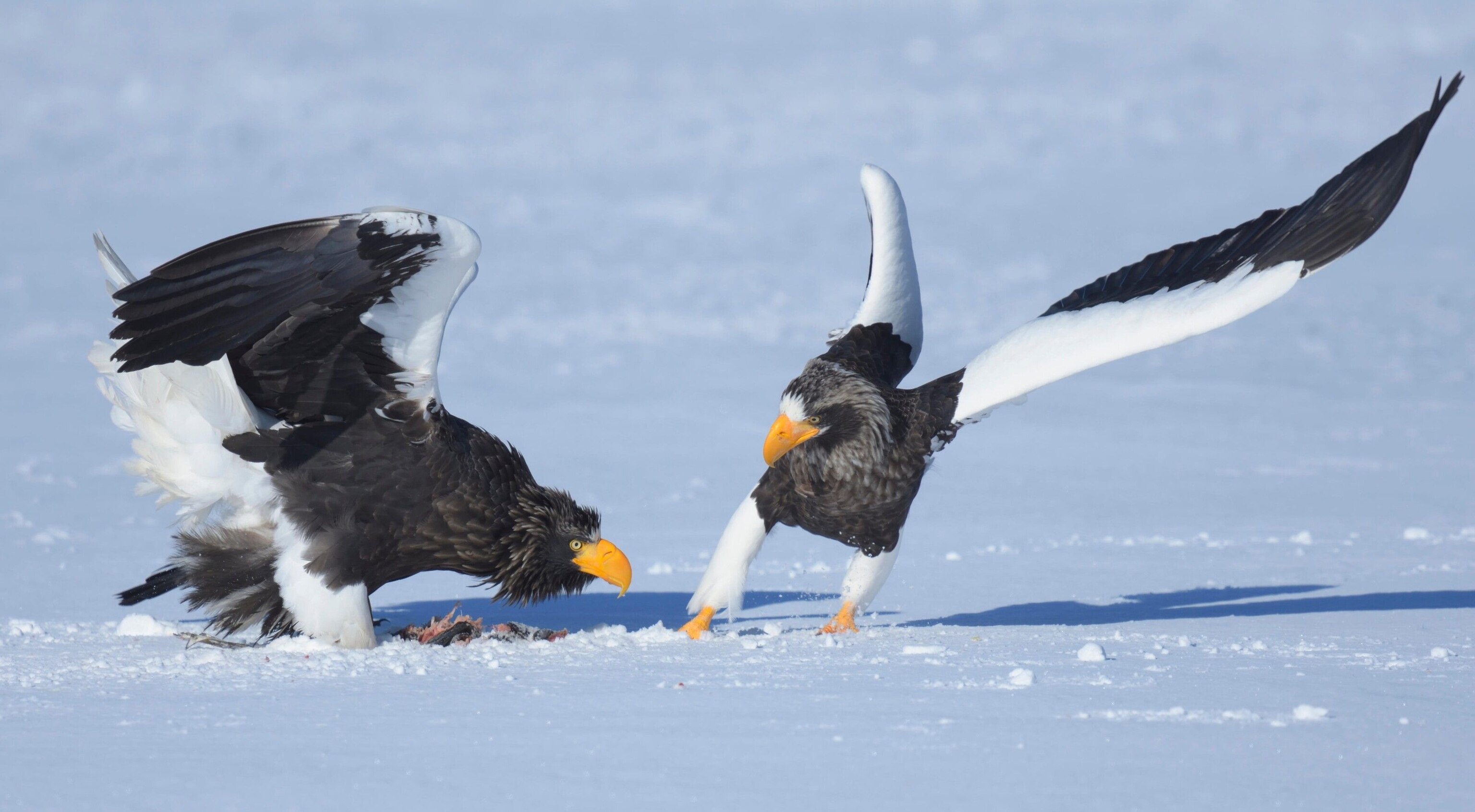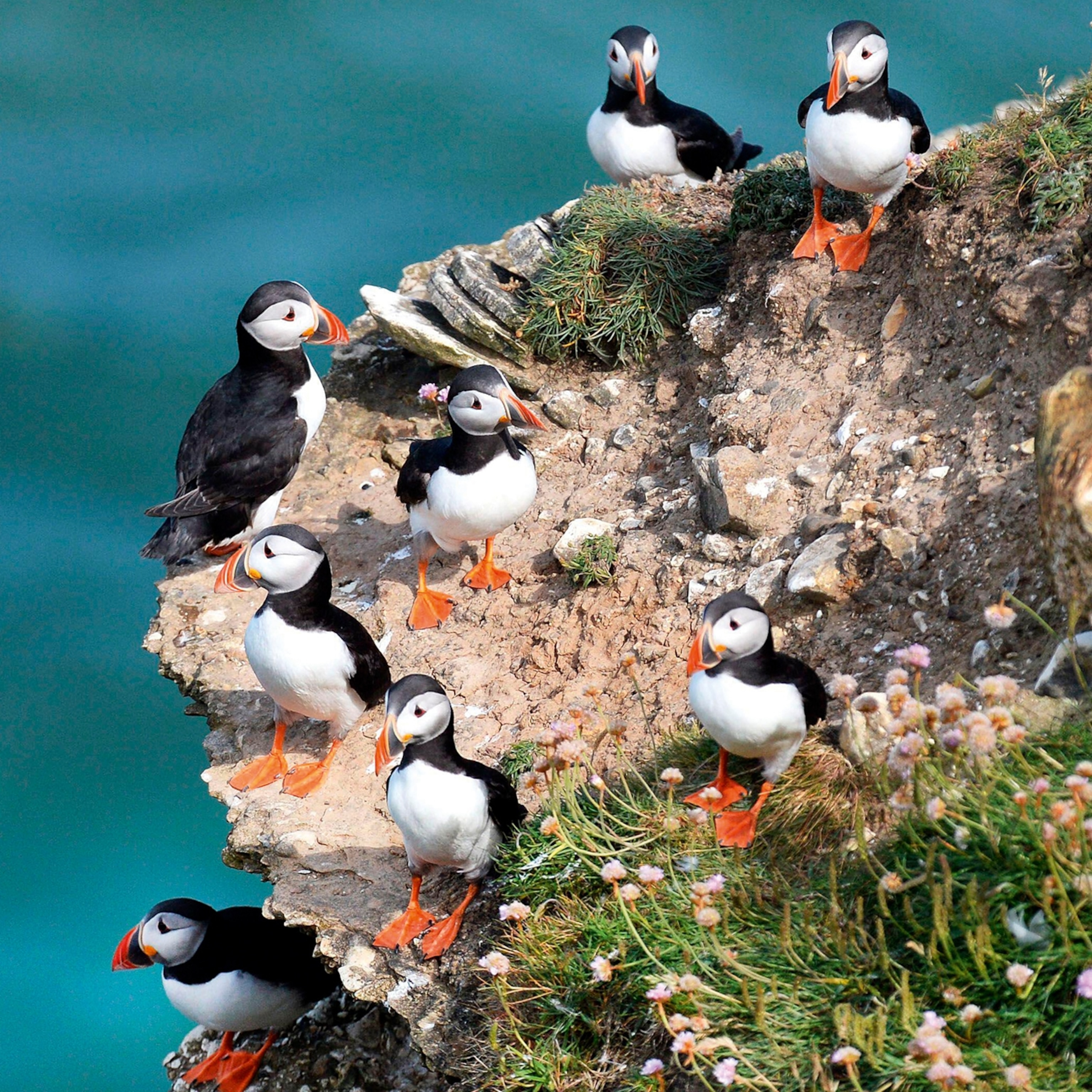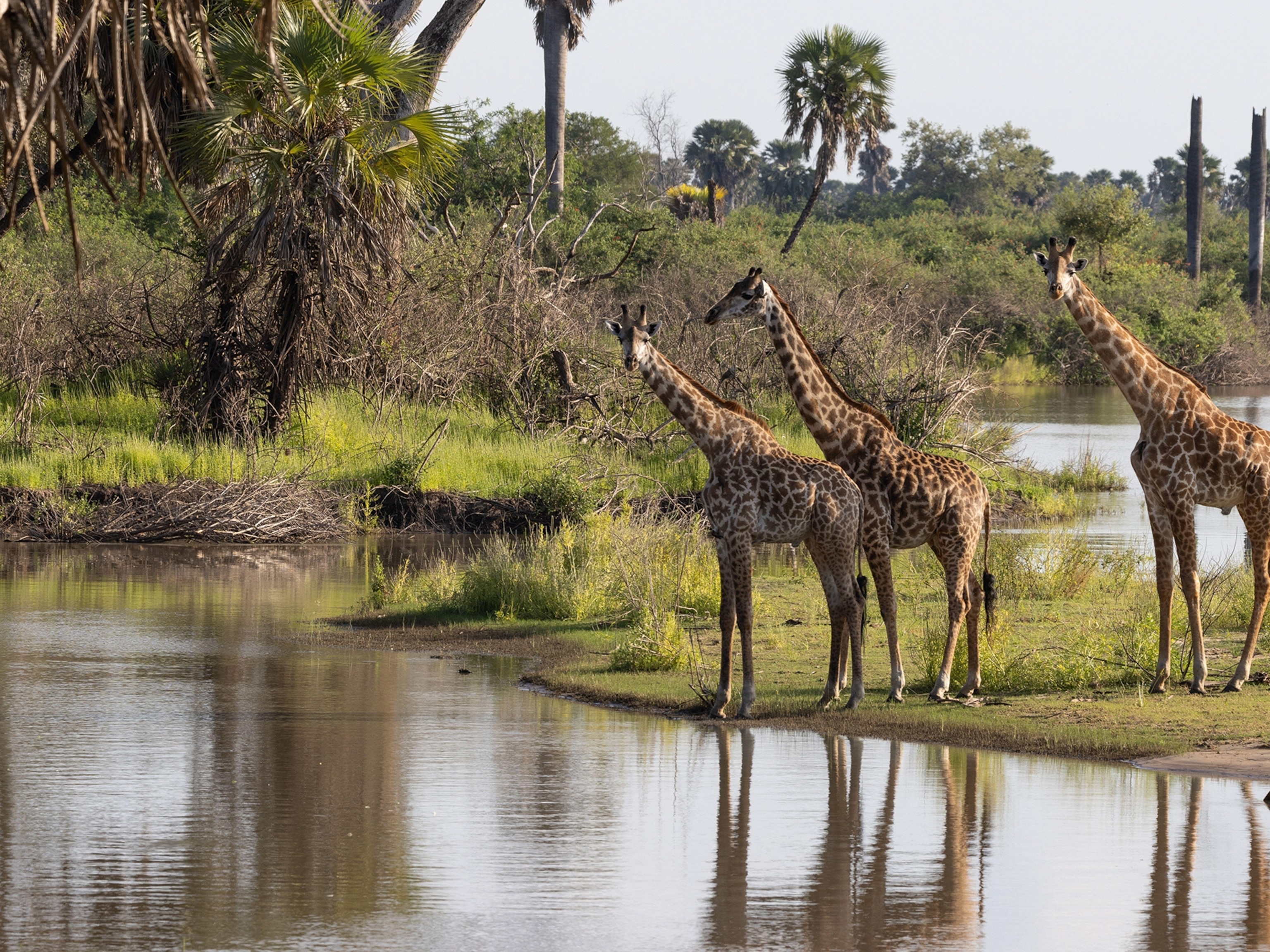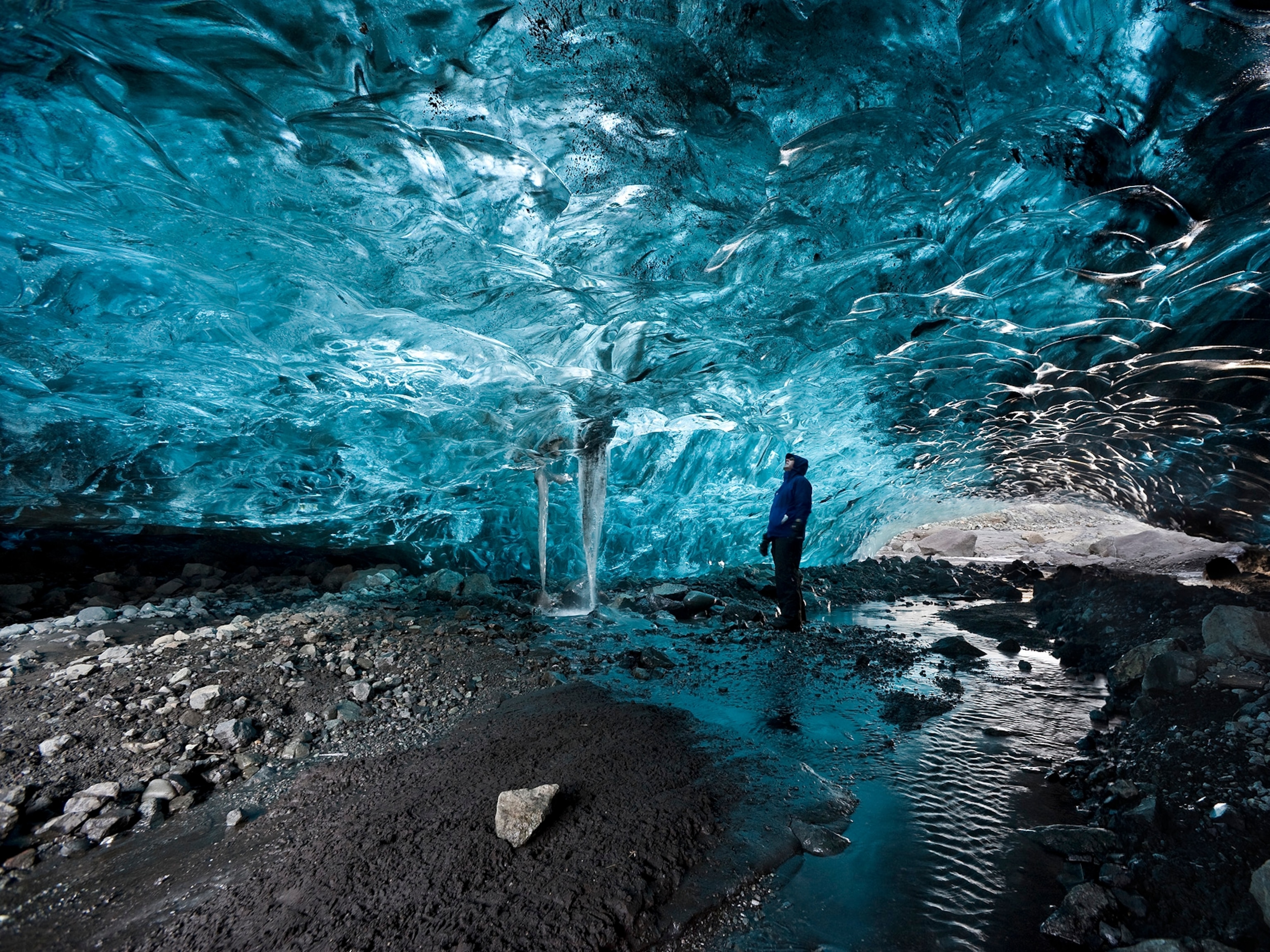
Where to try the ancient tradition of ice fishing in Japan
In Japan’s northernmost island, the century-old technique of ice fishing remains virtually unchanged. It enables travellers to experience facets of the area’s culture, nature and wildlife all at once — that is, if they can withstand the biting cold.
Like many who make their living fishing, Noto Yoshimi is a man of few words. The wind slicing the shore of Lake Furen, on Hokkaido’s eastern shore, stings my skin, but he remains unfazed, accustomed to such arctic gusts. Squinting, he stokes the coals of a metal barbecue, gesturing for me to warm my numb hands. Then, he gazes out at the flat, frosty expanse of frozen lake ahead of us like a seasoned boxer sizing up his opponent.
“Fishermen like Noto-san have been working here for around a century,” says my guide Shigeo Arita, his breath hitting the air in a white cloud. “Ice fishing originally developed around the prefecture of Akita, on the main Japanese island of Honshu. It was eventually brought to Hokkaido, and aside from the use of snowmobiles,” — he nods to two machines parked next to us — “almost nothing has changed.”
I join him on the back of one of the vehicles. My heart skips a beat as we move onto the frozen lake, but fear soon gives way to exhilaration as we shoot across the ice. Noto cruises just ahead on his own machine, towing a sled containing tools and bins that will hold the upcoming catch. It’s a cloudless morning, the sun streaming over the alabaster landscape. I spot a few birds of prey hovering above — waiting in the wings, I imagine, to steal a few of the fish we’re about to haul up from the deep.
As soon as we reach the net site, marked with a tree branch jammed into the snow, Noto starts shovelling. He uncovers sheets of plywood, acting as a lid for a rectangular hole cut into the ice, and exposes the dark lake below. Next, he employs a pickaxe known as a masakari to break through the thin sheet crusted at the top. “He has to do this every day,” Shigeo remarks, scooping out the ice shards with a small net, “or the hole will freeze over completely.”
The two men get down to business. They begin to heave up a funnel-shaped, 100ft net, and after a few pulls, I can make out a ball of silvery, wriggling fish, which grows thicker with every haul. In just a few minutes, Noto and Shigeo have reached the end of the line. Furen is a brackish, river-fed lake with an outlet to the sea, and the net heaves with both fresh and saltwater life — saffron cod, smelt, herring, flounder. Noto holds the quivering net and, following Shigeo’s directions, I slip on a pair of gloves and start scooping up fish, digging deep into the writhing mass. The heavier the load, the better I feel, and before I know it, I’ve filled up both containers.

After inspecting the catch, Noto pulls out a sculpin, one of the species not wanted at market, and tosses it out onto the ice. Quickly, it’s snatched up by one of several black kites circling overhead. “For a long time, the fishermen sold their unwanted catch to a local mink farm, but that closed down in the 1990s,” says Shigeo. “Now, they toss the extras onto the ice, and over the years, this has attracted big birds in the winter.”
But now it’s our turn to eat. Back on shore, Noto grills a few fish over the red-hot coals. Looking out over the white landscape, we take down the steaming meal in silence, until I hear Noto muttering something to Shigeo. “He’s in a good mood today,” the guide says. “Usually, he’d sell most of this catch, but since you’re here, he wants to give it all to the birds.”
We head back out on the frozen lake, where we begin flinging fish onto the snowy surface — one by one, then by the fistful. First come the black kites, by the dozen. They pepper the clear sky, where they’re soon joined by a number of white-tailed sea eagles. I stand dazzled as these raptors soar, swoop, grab a fish, then rocket back into the air in one balletic move.
For a moment, I’m hypnotized by the show. The frigid wind lashes my face, the rugged, volcanic rise of the Shiretoko Peninsula standing guard in the distance. I’m so caught up in the beauty of it all that I nearly miss the commotion in a nearby grove of trees on the shore.
At first, it’s just one. Perhaps the presence of people has startled it, but a Steller’s sea eagle leaves its perch and takes to the air, followed by another, and another, and another. In just a few seconds, the heavens are thick with the majestic, black and white forms of one of the world’s biggest raptors. The wind whips up the snow from the frozen surface of the lake, but surrounded by this swirling mass of airborne predators, I forget, at least for a moment, that I’m even cold.
Plan your trip
Hokkaido Treasure offers private, personalised tours around Hokkaido with English-speaking guides.
For more information about Hokkaido, visit en.visit-hokkaido.jp
Sign up to our newsletter and follow National Geographic Traveller (UK) on social media:






